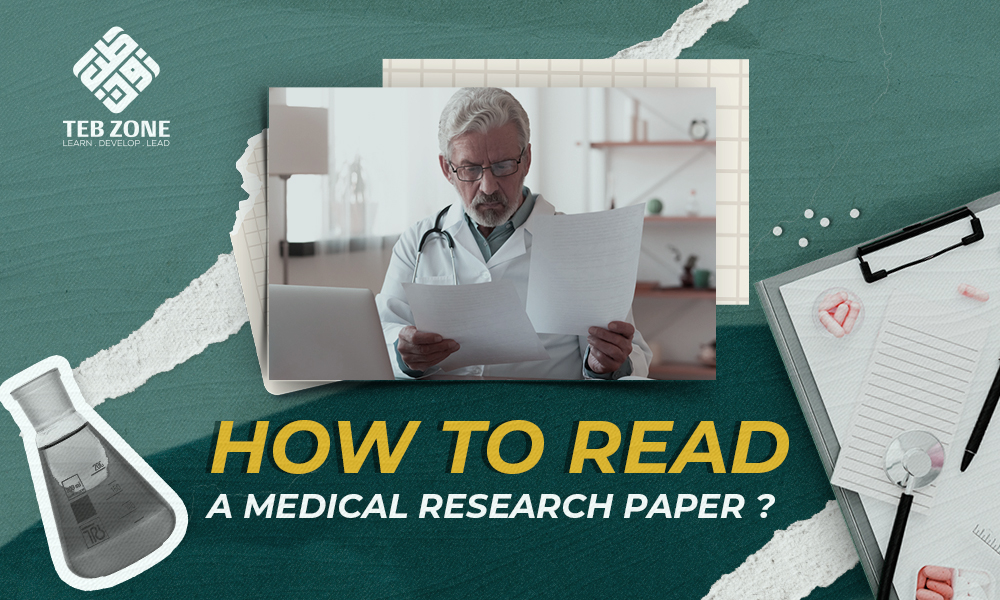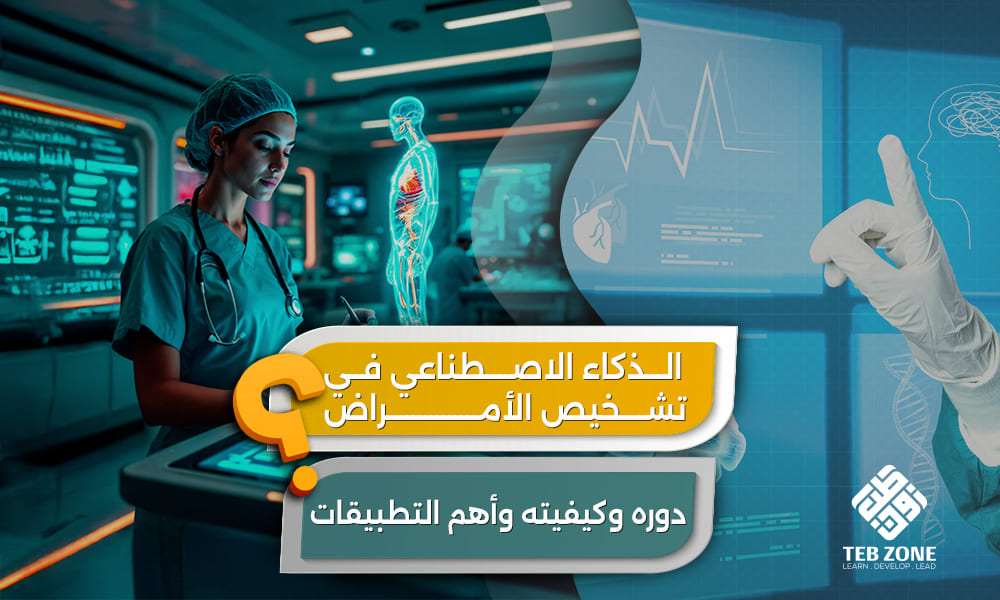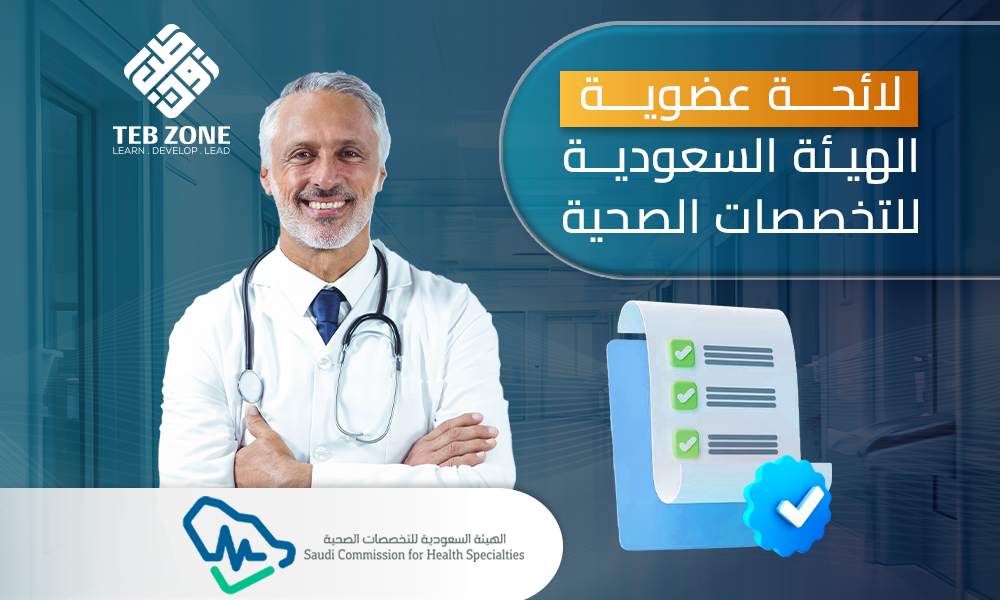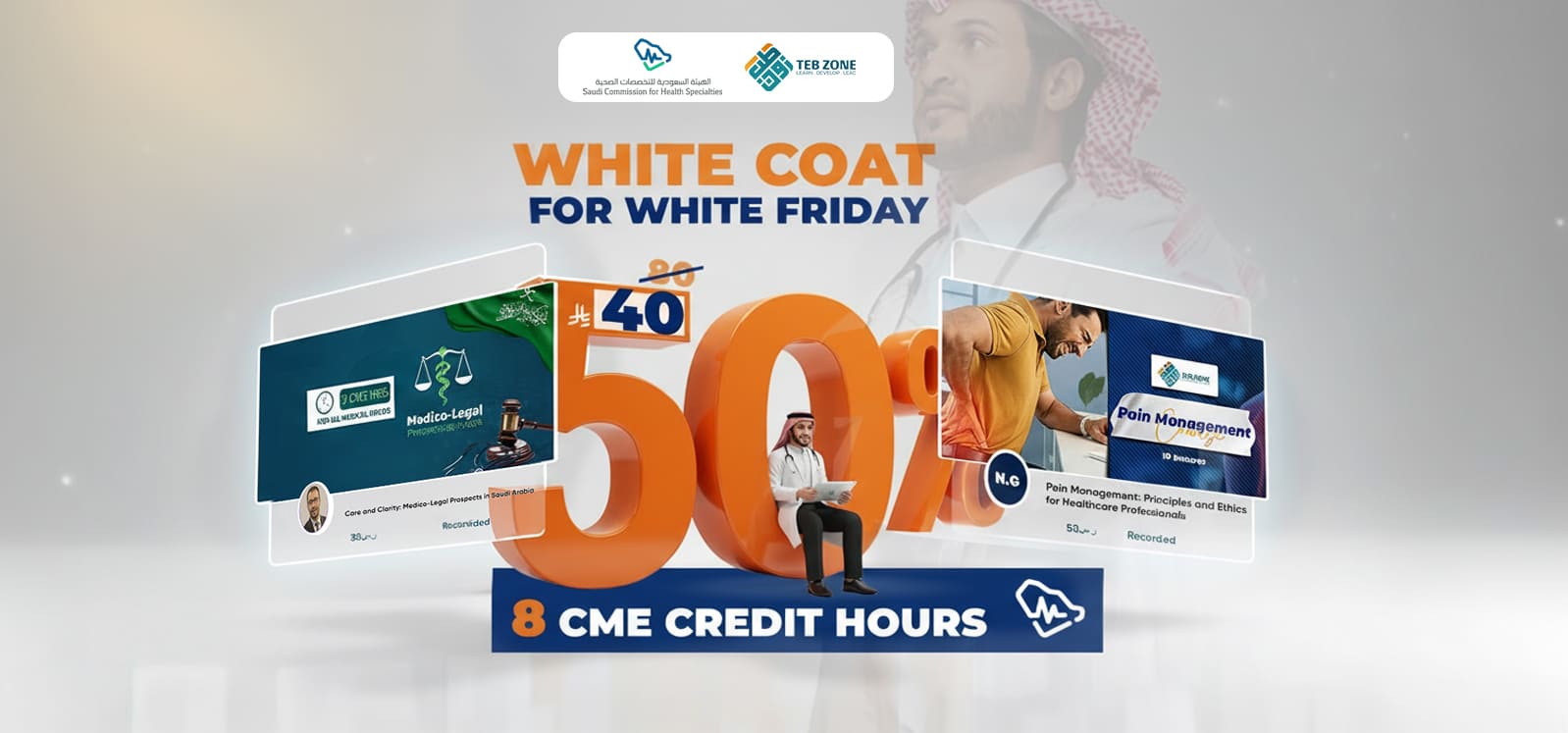

How to Read a medical Research Paper
Reading a medical research paper is a skill that every doctor, medical student, and researcher must develop. Unlike a textbook or an article, a research paper follows a structured format and contains detailed data that requires critical analysis. Understanding how to navigate through these papers efficiently can help you assess their relevance, reliability, and impact.
How to Read a medical Research Paper
Reading a medical research paper is a skill that every doctor, medical student, and researcher must develop. Unlike a textbook or an article, a research paper follows a structured format and contains detailed data that requires critical analysis. Understanding how to navigate through these papers efficiently can help you assess their relevance, reliability, and impact.
In this article from TebZone the CME Platform, we will decode the key components of a research paper and provide a step-by-step approach to reading them effectively.
Key Sections of a Medical Research Paper
A medical research paper is typically divided into several essential sections, each serving a specific purpose:
Title: Summarizes the main focus of the research.
Abstract: A brief overview of the study, summarizing the objectives, methodology, findings, and conclusion.
Introduction: Provides background information and explains why the study was conducted.
Methods: Describes the study design, sample size, data collection, and statistical analysis used.
Results: Presents the findings, often in the form of text, tables, and figures.
Discussion: Interprets the results, compares them to previous research, and highlights the study's strengths and limitations.
Conclusion: Summarizes the key takeaways and potential implications.
References: Lists the sources cited in the paper.
For a detailed illustration Tebzone held this free webinar, check it out:
Applicable Biostatistics: Mastering Research and Statistics in Embryology
How to Read a Research Paper Effectively
1. Start with the Title and Abstract
Before investing time in reading the full paper, start with the title to determine if the topic is relevant to your field. The abstract gives a quick summary of the study and helps answer the following questions:
Does this paper align with my interests or clinical practice?
What is the main objective of the study?
What type of study is it? (Randomized controlled trials (RCTs), double-blind studies, and multi-center trials tend to be more reliable).
What are the key findings?
If the abstract seems relevant, proceed to the next step.
Find out which of our credit hour courses is right for you
2. Analyze the Methods Section
The methods section is crucial because it determines the study’s credibility. Focus on:
Study Design: Is it pragmatic, observational, or experimental?
Sample Size: Was the study conducted on a sufficient number of participants?
Ethical Approval: Was the study approved by an ethics committee?
Inclusion and Exclusion Criteria: Were certain patient groups excluded in a way that could introduce bias?
Blinding: Was the study masked or not?
If the methodology is flawed, the results may not be reliable.
Enhance your chances and learn: How to Write a Medical CV
3. Examine the Results Section
This section presents the study’s findings in text, tables, and figures. Key aspects to consider:
Primary Outcome: The most important result of the study.
Secondary and Tertiary Outcomes: Additional insights that may support the primary outcome.
Statistical Significance: Look for p-values, confidence intervals, and comparisons between different groups.
A well-conducted study should provide clear and well-organized results that align with its methodology.
4. Read the Discussion and Assess the Study’s Strength
The discussion section helps interpret the results in a broader context. Ask yourself:
Do the authors compare their findings with previous studies?
Do they acknowledge limitations? (A good study should recognize its weaknesses).
Are they making exaggerated claims? If the authors overstate their conclusions without solid evidence, be skeptical.
Discover: Comprehensive Guide to the Saudi Medical License Exam (SMLE)
5. Check the References and Citation Impact
How often has this paper been cited? Highly cited papers tend to have a greater impact.
Are the references up-to-date? Recent sources indicate that the study is built on the latest research.
Is the journal reputable? Established medical journals follow rigorous peer-review processes.
Final Tips for Efficient Reading
Don’t rely only on the abstract: It can be misleading or oversimplified.
Look up unfamiliar term: Use Google Scholar or PubMed for clarification.
Focus on tables and figures: They often summarize key findings more effectively than text.
Discuss with colleagues: Different perspectives can help clarify complex ideas.
Read selectively: Not every section needs equal attention, some papers require multiple readings.
Mastering the skill of reading medical research papers is essential for anyone involved in the medical field. By following a structured approach, starting with the title and abstract, critically evaluating the methods, analyzing the results, and questioning the discussion, you can quickly assess the quality and relevance of a study. With practice, you will become more efficient and confident in understanding scientific literature.
Explore the most recent credited SCFHS events
Steps to Obtain Accredited CME Hours from TebZone
Log in to the TebZone platform.
Register with valid information to receive notifications about accredited hours (free or paid).
Check your email regularly.
If you are a healthcare practitioner in a country that follows the accredited hours system, earning Continuous Medical Education (CME) hours has become simpler with TebZone.
Comments















Reply to Comment